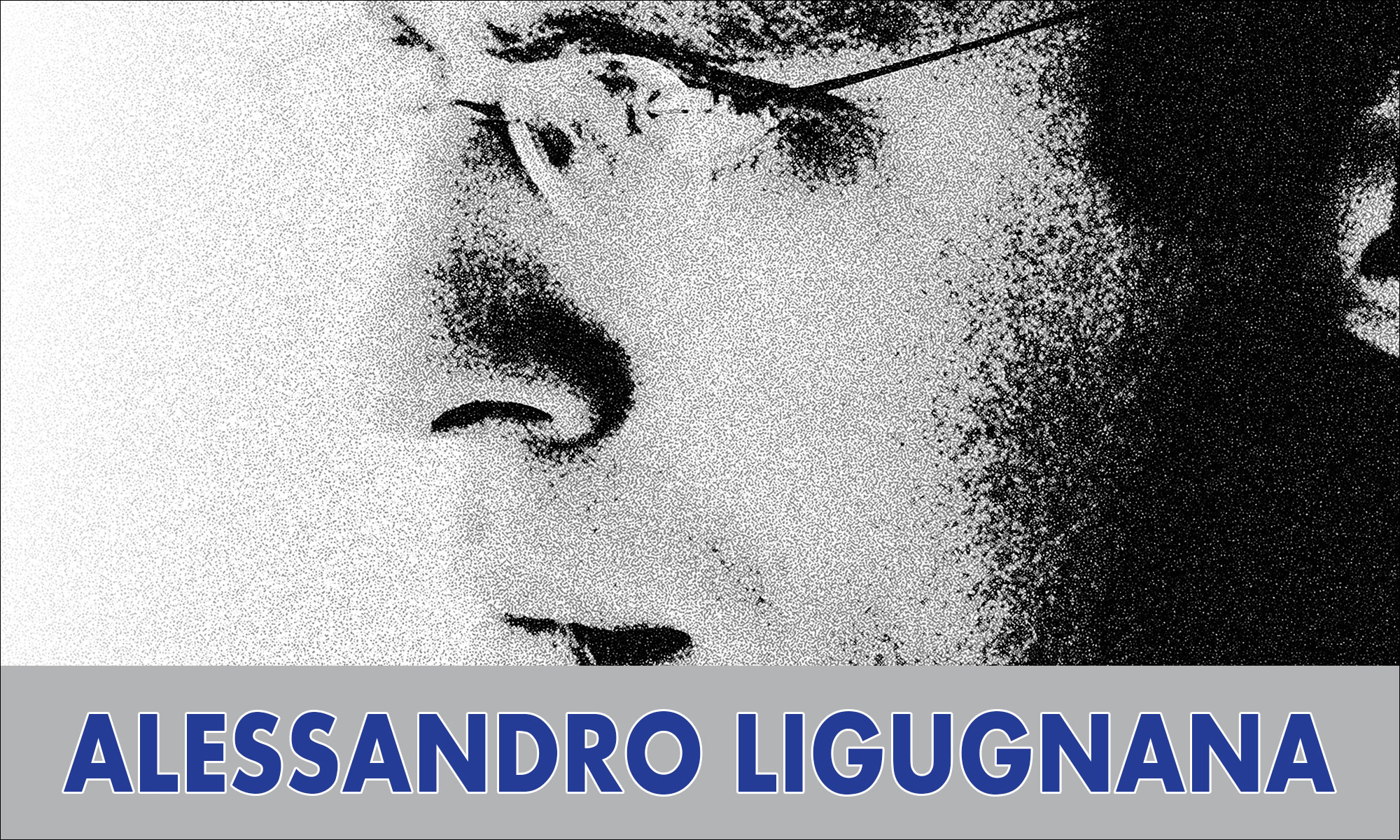ITALIAN FIGURATIVE ART Antonio Allegri da Correggio (1489 – 1534)
Antonio Allegri da Correggio (1489 – 1534)
Usually known simply as Correggio, was the foremost painter of the Parma school of the Italian Renaissance, who was responsible for some of the most vigorous and sensuous works of the 16th century. In his use of dynamic composition, illusionistic perspective and dramatic foreshortening, Correggio prefigured the Rococo art of the 18th century. He was born in Correggio, Italy, a small town near Reggio Emilia.
After a trip to Mantua in 1506, he returned to Correggio, where he stayed until 1510. To this period is assigned the Adoration of the Child with St. Elizabeth and John, which shows clear influences from Costa and Mantegna. In 1514 he probably finished three tondos for the entrance of the church of Sant’Andrea in Mantua, and then returned to Correggio: here, as an independent and increasingly renowned artist, he signed a contract for the Madonna altarpiece in the local monastery of St. Francis (now in the Dresden Gemäldegalerie).

By 1516, Correggio was in Parma, where he generally remained for the rest of his career. Here, he befriended Michelangelo Anselmi, a prominent Mannerist painter. In 1519 he married Girolama Francesca di Braghetis, also of Correggio, who died in 1529.
Correggio’s first major commission (February-September of 1519) was the decoration ceiling of the private dining salon of the mother-superior (abbess Giovanna Piacenza) of the Convent of St Paul, called the Camera di San Paolo (Parma). Here he painted a delightful arbor pierced by oculi opening to glimpses of playful cherubs. Below the oculi are lunnetes with monochromic marble images. The fireplace is frescoed with an image of Diana. The iconography of the unit is complex, joining images of classical marbles to whimsical colorful bambini. While it recalls the secular frescoes of the pleasure palace of the Villa Farnesina in Rome, it is also a strikingly novel form of interior decoration.
He next painted the illusionistic Vision of St. John on Patmos (1520-21) for the dome of the church of San Giovanni Evangelista. Three years later he decorated the dome of the Cathedral of Parma with a startling Assumption of the Virgin, crowded with layers of receding figures in Melozzo’s perspective (from down to up). These two works would represent a highly novel treatment of dome decoration, using an illusionistic sotto in su perspective, and would exert a profound influence upon future fresco artists.
The massing of spectators in a vortex, creating both narrative and decoration, the illusionistic obliteration of the architectural roof-plane, and thrusting perspective towards divine infinity, was a device without precedent, and which depended on the extrapolation of the mechanics of perspective. The recession and movement implied by the figures all presage the dynamism that would characterize baroque painting.
Other masterpieces include The Lamentation and The Martyrdom of Four Saints, both at the Galleria Nazionale of Parma. The Lamentation is haunted by a lambence rarely seen in Italian painting prior to this time. The Martyrdom is also remarkable for resembling later Baroque compositions such as Bernini’s (Truth) and Ercole Ferrata’s (Death of Saint Agnes), showing a gleeful saint entering martyrdom.

















